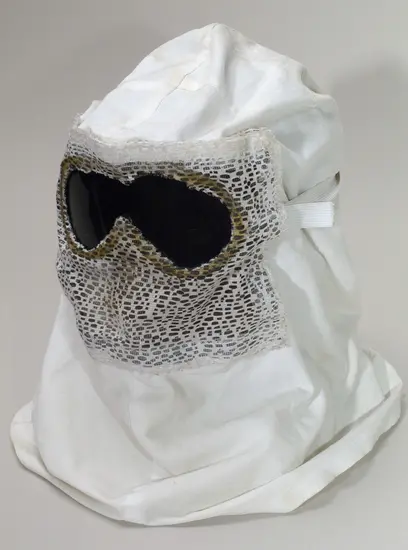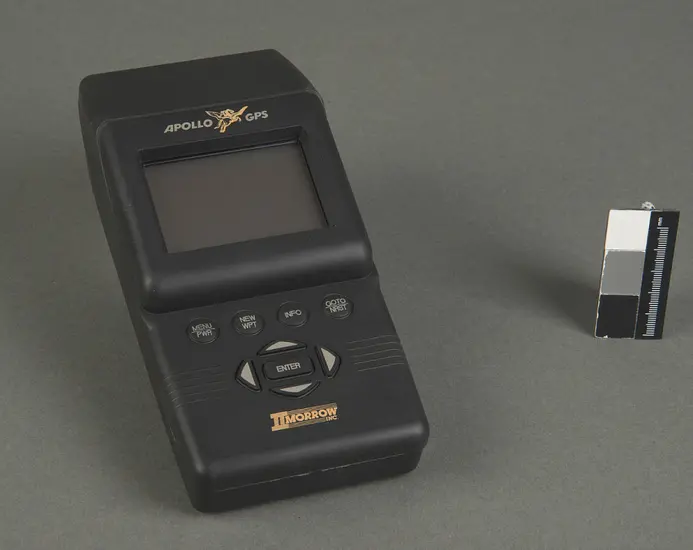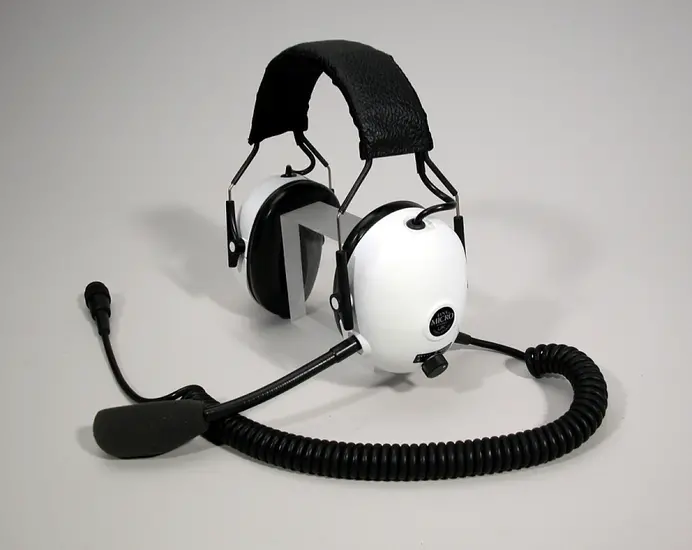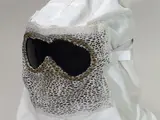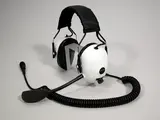
Operation Migration
Jul 26, 2022
“...the wildlife equivalent of putting a man on the moon.”
This quote from U.S. Fish and Wildlife Service’s John Christian sums up the work of Operation Migration.
Canadians Bill Lishman and Joe Duff founded Operation Migration in 1994 to teach captive-reared birds to migrate by following the Cosmos Phase II ultralight aircraft. Starting in 1995, Joe Duff and other Operation Migration pilots led Canada geese to South Carolina, trumpeter swans to the Chesapeake Bay in Maryland, and whooping cranes from Wisconsin to Florida in the Cosmos Phase II ultralight.
Ultralights are ideal for training endangered, captive-bred birds to migrate. The ‘trike’ pilot sits on a three-wheeled airframe that supports the Rogallo wing. Birds follow the ultralight thinking it is “mother.” The pilot safely matches the birds’ cruising speed, depending on the bird. The whooping crane, for example, cruises at 38 mph (24 km/h). Hazards in the air and on the ground complicate this work. Then there’s getting those whooping cranes across the Appalachian Mountains.
Whooping cranes once numbered in the thousands. By 1941, only 21 remained. The species was headed for extinction due to human interference. It would take captive breeding, an ultralight, and reintroduction to bring these birds back from the brink.
In nature, whooping cranes breed in the north during the summer, and migrate south in the fall. Young cranes learn the migration route by following the adults. For captive-bred birds, people would need to train them to migrate to survive on their own in the wild.
Whooping crane reintroduction was not simply about “letting them go” to fly home. It took imagination plus painstaking work, starting with eggs, to teach hand-raised cranes—who have no migration knowledge—how to find their way along a 1,200-mile (1,930-kilometer) route.
These captive-raised cranes needed to rely on the ultralight to guide them along their migration route. Even as eggs they “heard” recorded sounds of an ultralight engine, so that when they were born, they were already familiar with the sound. Eight weeks after hatching, the birds were following the ultralight as it taxied, and flying with the aircraft at 80 to 90 days old.
In 2005, the migration required a dozen people. Two flew Cessnas, providing “top cover” by communicating with Air Traffic Control and coordinating the migration with the ground staff. In 2006, the first migratory whooping crane in over 100 years hatched in the United States. But the aircraft-guided reintroduction method was deemed too “artificial” to be sustainable and ended in 2016. Today, the Cosmos Phase II, the whooping crane costume, and other related items are a part of the Museum’s collection as an example of the usefulness of aviation in wildlife conservation.
Related Topics
You may also like
Related Objects

We rely on the generous support of donors, sponsors, members, and other benefactors to share the history and impact of aviation and spaceflight, educate the public, and inspire future generations. With your help, we can continue to preserve and safeguard the world’s most comprehensive collection of artifacts representing the great achievements of flight and space exploration.
Support the Museum
We rely on the generous support of donors, sponsors, members, and other benefactors to share the history and impact of aviation and spaceflight, educate the public, and inspire future generations. With your help, we can continue to preserve and safeguard the world’s most comprehensive collection of artifacts representing the great achievements of flight and space exploration.





